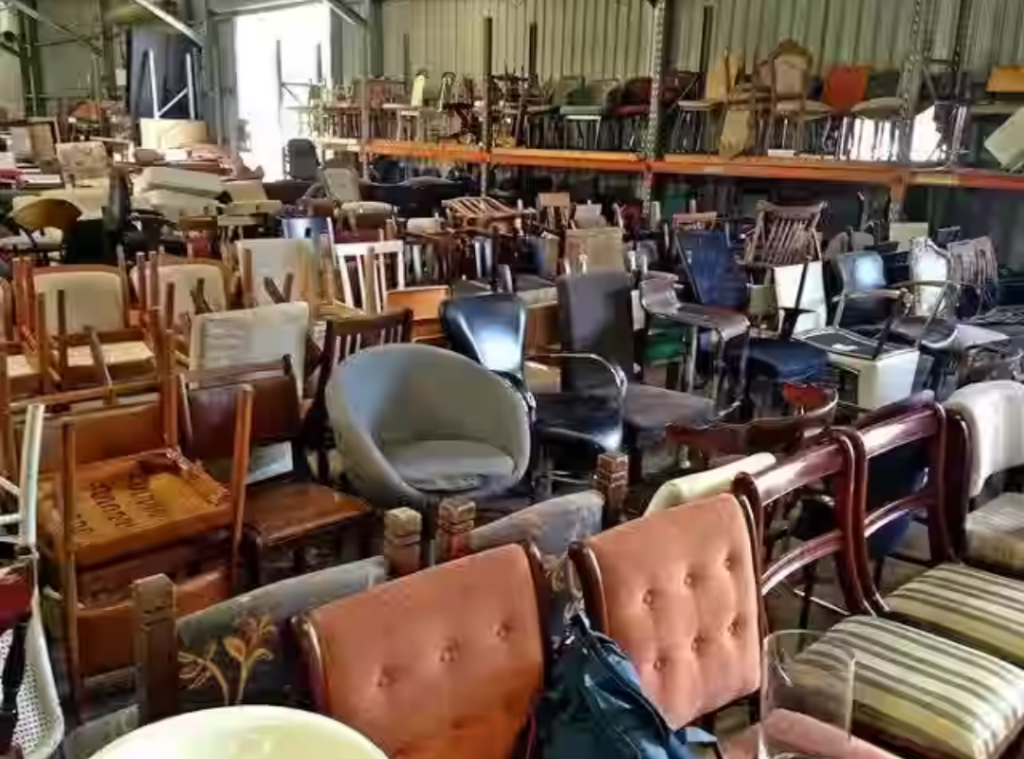Furniture Scrap

Unlocking the Value of Furniture Scrap: A Sustainable Approach to Waste Management with MM Trading Recycle
Furniture is an integral part of our lives. It fills our homes, offices, and public spaces, providing comfort, functionality, and aesthetics. However, as our needs change or styles evolve, we often find ourselves with furniture that we no longer require or that has outlived its purpose. What happens to these discarded pieces? They become furniture scrap, an often overlooked aspect of waste management. In this article, we’ll explore the world of furniture scrap, its environmental impact, potential solutions, and the crucial question: How can we unlock the value of furniture scrap?
The Ubiquity of Furniture Scrap
Furniture scrap is more common than we might think. Almost every household, business, and institution generates furniture scrap at some point. It can include old couches, broken chairs, outdated desks, and more. The sheer volume of furniture scrap is a challenge in itself, and if not managed responsibly, it can pose environmental and logistical problems.
The Environmental Impact of Furniture Scrap
One of the most pressing questions about furniture scrap is its impact on the environment. When discarded improperly, furniture can end up in landfills or incinerators, contributing to pollution and resource depletion. Here are some key environmental concerns:
1. Resource Depletion: Furniture is made from a variety of materials, including wood, metal, plastics, and fabrics. Discarding furniture means losing the valuable resources used in its production. This further drives the demand for raw materials and exacerbates deforestation and mining.
Waste List
- IT Scrap
- Iron Scrap
- Copper Scrap
- Aluminum Scrap
- Warehouse Scrap
- Brase Scrap
- Nickle Scrap
- Glass Scrap
- Wood Scrap
- Plastic Scrap
- IT Scrap
- Iron Scrap
- Copper Scrap
- Aluminum Scrap
- Warehouse Scrap
- Brase Scrap
- Nickle Scrap
- Glass Scrap
- Wood Scrap
- Plastic Scrap

